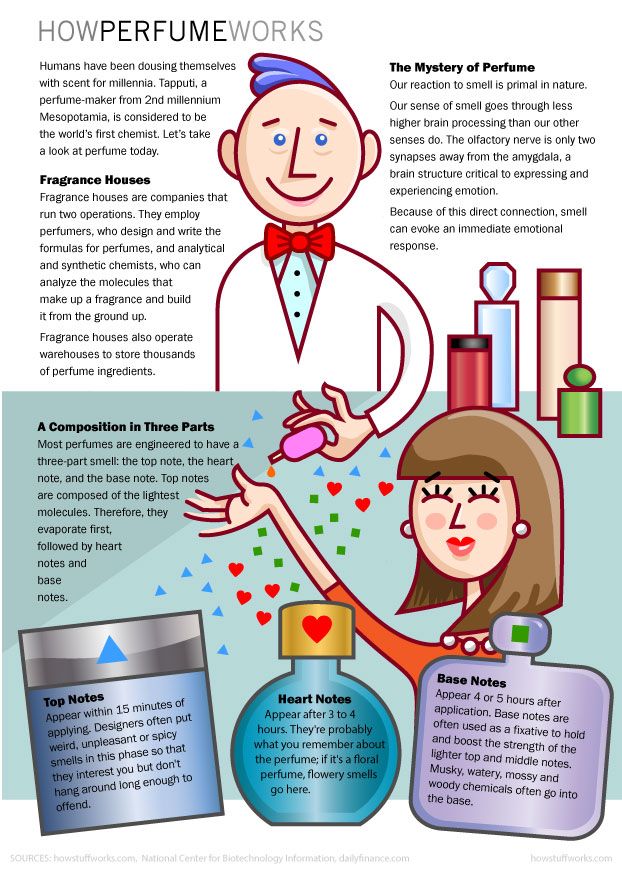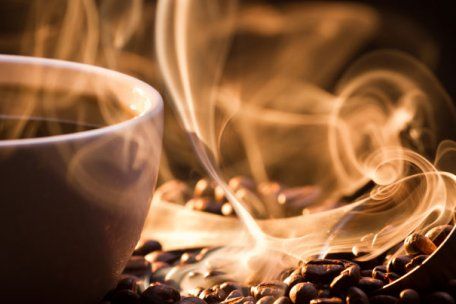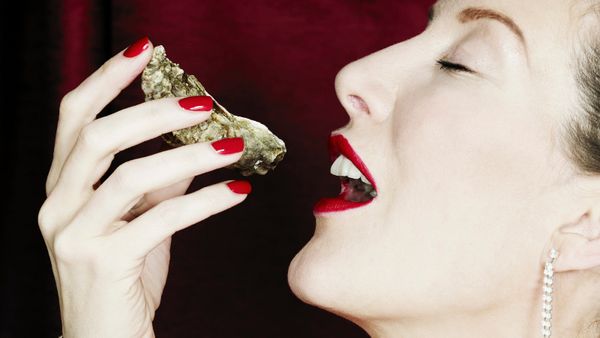Nature has been splashing itself with eau de this-is-my-territory-not-yours and guess-what-I'm-in-heat cologne spray for a long time. You have to wonder who made that leap to scraping the secretions from the anal gland of a civet cat into a perfume bottle, but somebody did. Someone also emptied the scent pods of male musk deer into a bottle of fragrance. That was the source of original musk. In, too, went the stuff inside the urine and scent sacs of beavers and the intestines of sperm whales.
Although they were popular in early perfumes, few fragrances contain real civet, musk, castoreum or ambergris anymore. It's now cheaper and easier to synthesize imitations in the lab, and affordable modern perfumes usually go that route.
Advertisement
Modern perfumes have progressed to fouler-smelling compounds. Take Eau de Stilton, which radiates blue cheese, a Stilton Cheesemakers Association commission meant to turn more stomachs on to the product [source: Discover]. You could say the Stilton fragrance was a joke, but real perfumes sometimes boast notes of stench as a sort of circus act by the designer, too. Luca Turin, a biophysicist and well-known perfume writer, thought the rotten note in Sécrétions Magnifiques, considered a fine fragrance, was thrilling and intelligent [source: Turin and Sanchez].
To apply the loosest definition, perfume is any substance that you wear and that smells. There are no requirements for it to smell good. Clearly, your experience of a perfume comes not only from the stuff in the bottle but also from the stuff in your head. Read on to learn what's in the bottle.



